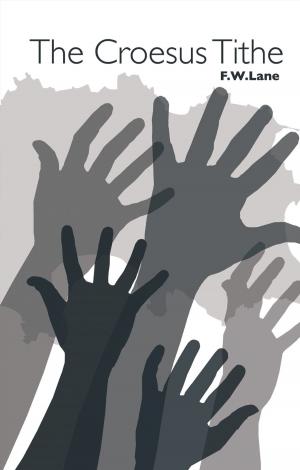| Author: | Francesco Raimondo | ISBN: | 9781466981102 |
| Publisher: | Trafford Publishing | Publication: | May 16, 2013 |
| Imprint: | Trafford Publishing | Language: | English |
| Author: | Francesco Raimondo |
| ISBN: | 9781466981102 |
| Publisher: | Trafford Publishing |
| Publication: | May 16, 2013 |
| Imprint: | Trafford Publishing |
| Language: | English |
In this study on the subject of the Spanish courtly gentleman of the sixteenth century, the author traces the courtly gentlemans life ideals as they appear first in Montalvos Amadis de Gaula and later in Il Cortegiano of Castiglione. The study also appraises what new perspectives and attitudes are at the center of Castigliones view of cortegiania and how these elements are reflected in other Spanish courtesy books subsequent to The Courtiers arrival and publication in Spain. In the last part of the book, the author deals with the theme of courtliness in Don Quixote and with Cervantess attitude toward the courtiers pursuits, aspirations, and lifestyle. He also analyzes, through the study of selected works of Caldern and Gracin, certain problems of self-perception, moral conscience, and outlook that distinguish the ideal man of the baroque age, as envisioned by these authors, from his renaissance counterpart. On the whole, the study points to the gradual change and process of secularization of the courtiers ideal during the sixteenth and seventeenth centuries and to the decline of traditional thought and myths about class limitations and human potential.
In this study on the subject of the Spanish courtly gentleman of the sixteenth century, the author traces the courtly gentlemans life ideals as they appear first in Montalvos Amadis de Gaula and later in Il Cortegiano of Castiglione. The study also appraises what new perspectives and attitudes are at the center of Castigliones view of cortegiania and how these elements are reflected in other Spanish courtesy books subsequent to The Courtiers arrival and publication in Spain. In the last part of the book, the author deals with the theme of courtliness in Don Quixote and with Cervantess attitude toward the courtiers pursuits, aspirations, and lifestyle. He also analyzes, through the study of selected works of Caldern and Gracin, certain problems of self-perception, moral conscience, and outlook that distinguish the ideal man of the baroque age, as envisioned by these authors, from his renaissance counterpart. On the whole, the study points to the gradual change and process of secularization of the courtiers ideal during the sixteenth and seventeenth centuries and to the decline of traditional thought and myths about class limitations and human potential.















